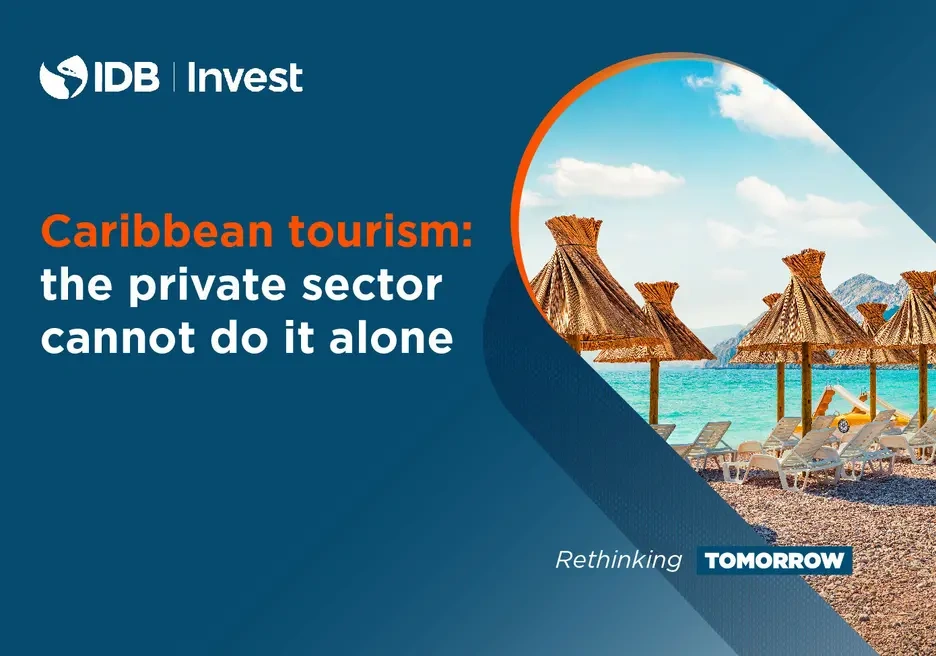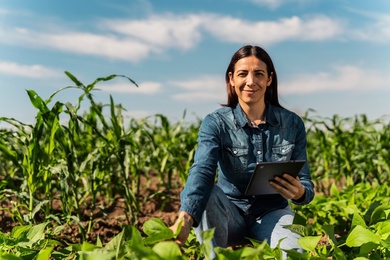Caribbean Tourism: The Private Sector Cannot Do It Alone

Since the start of the global pandemic, international travel has come to a halt resulting in extensive business closures, unemployment and a colossal ripple effect across the entire tourism value chain. Companies are under significant financial distress. Waiting for borders to reopen and demand to return is not an option.
This pandemic has created an unprecedented situation. After experiencing a 4.0% decline in international arrivals in 2009 following the global financial crisis, the tourism sector quickly rebounded in 2010 and recorded 6.6% growth, highlighting its resiliency. This time, the demand shock of COVID-19 is deeper and different in nature. According to the UN World Tourism Organization, international tourism arrivals have already fallen by 22% through March, and current scenarios suggest declines of 58% to 78% for 2020, making the magnitude of this crisis larger than any previous shock.
Many Caribbean countries are highly dependent on tourism, with the economic contribution to GDP representing 15.5% for the region and as high as 50% for certain countries like The Bahamas. Despite having a strong foundation in 2019, including a record 31.5 million visitors and the highest revenue per available room ever, the region remains fragile. It features a highly fragmented and partially informal supply chain with limited wherewithal to withstand a prolonged shut down. Swift government action can protect and alleviate the financial and humanitarian impact for these smaller but important industry players.
A recovery from this crisis requires sector-specific support from governments, as the private sector cannot do it alone.
Several governments, such as Bahamas, Barbados, and Jamaica, among others, have already enacted paycheck protection programs to mitigate some of the pain to the most vulnerable. Though a move in the right direction, these initiatives are short-term. Plus, these programs typically have a broad scope and are not targeted specifically towards tourism. The medium- and long-term requirements for rebuilding a battered and complex industry remain unaddressed, which will force governments to explore additional ways to support the private sector.
Given that most tourism establishments are operating with significantly reduced revenues—and in some cases, no revenues at all—cash preservation is critical.
You may also like:
- Regional Tourism Industry Binds Together to Overcome COVID-19
- How Can Debt Capital Markets Help Companies Survive the COVID-19 Crisis?
- How the 2030 Agenda Can Help Us Tackle the COVID-19 Crisis
The road to recovery
First, the public sector can enhance liquidity by helping tourism companies reduce operating costs and expenses. This can come in the form of temporary tax relief, deploying industry-specific paycheck stimulus programs, incentivizing the banking system to grant forbearance on existing loans and making capital available for new lines of credit. Providing working capital as companies get ready to reopen will be critical, as operators spend through cash reserves during the extensive shutdown.
The key to reconstruction is providing the foundation for businesses to remain solvent in order for furloughed employees to be hired back as demand returns. Without targeted sector support, the unfortunate reality is that some businesses will not make it, putting at risk a portion of the over 2.4 million tourism jobs in the region.
Second, it is critical to implement biosecurity protocols to reestablish consumer demand for both domestic and international visitors. This is a crisis of confidence that will progressively ease as contagion declines due to treatment alternatives and hopefully a vaccine. Until then, governments must demonstrate leadership in rapidly and effectively implementing standardized protocols to protect their citizens and visitors.
The focus must be on ensuring that the entire tourism loop—from airports to taxis, hotels, restaurants, tourism attractions, vendors and all direct and indirect employees in between—abides by these protocols. The standards should be global in nature to set a minimum safety and comfort bar yet dynamic so that they can react and adjust to changing health conditions over time.
As we triage in an uncertain environment, the urgency for government support to the tourism sector in the Caribbean is heightened. Companies are eager to reopen their doors, but they need a lifeline, as the magnitude of this crisis is simply too large for them to take on by themselves. This could be the way forward—when the public and private sectors work together, the sum is greater than the individual parts.■
LIKE WHAT YOU JUST READ?
Subscribe to our mailing list to stay informed on the latest IDB Invest news, blog posts, upcoming events, and to learn more about specific areas of interest.
Subscribe



